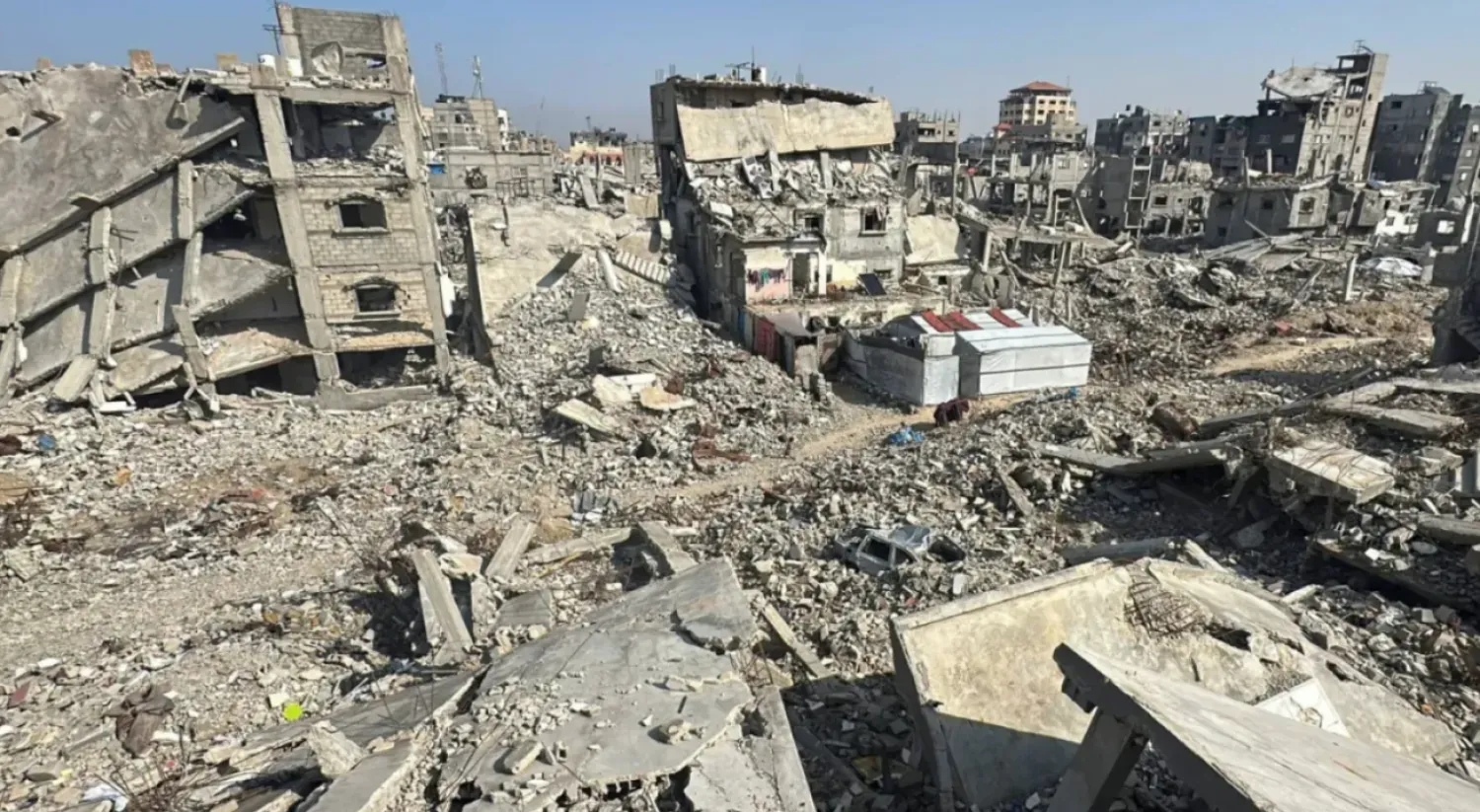Attendees of the UN’s climate change summit (COP27), underway at Egypt's Sharm el-Sheikh, are patiently awaiting the activities of Saudi-led green initiatives that aim to deliver a green future and scale up regional climate action through cooperation.
In its second edition, the Middle East Green Initiative (MGI) Summit will convene on Nov. 7, while the two-day Saudi Green Initiative (SGI) forum will be held on Nov. 11- 12.
Saudi Crown Prince Mohammed bin Salman announced the two high-profile green forums on Oct. 20.
The MGI aims to reduce regional carbon emissions by more than 10% of global contributions. It also focuses on planting 50 billion trees across the region as part of the world’s largest afforestation program.
Through the MGI, Saudi Arabia aims to bring together regional stakeholders to achieve more than a 60% reduction in emissions from regional hydrocarbon production.
The initiative operates through six programs and work centers. These include a cooperative platform to accelerate the implementation of the Circular Carbon Economy, a regional hub for climate change, a regional cloud seeding program, a regional center for early storm warning, a regional center for carbon extraction, use and storage, and a regional center for sustainable development of fisheries.
Saudi Arabia is also spearheading two regional initiatives: A “clean fuel solutions for cooking” initiative that will benefit more than 750 million people worldwide, and a regional investment fund for Circular Carbon Economy technology solutions.
The MGI Summit, in its second edition, will convene an elite lineup of climate experts and thought leaders to discuss the progress that has been made towards achieving the climate targets announced by the Kingdom last year.
The theme of this year’s forum, “From ambition to action”, reflects Saudi Arabia’s determination to turn these targets into reality by catalyzing collective action to confront climate challenges that impact the entire world.
Representatives of the Gulf Cooperation Council (GCC), Arab and African countries, and other international partners will attend the summit.
“The Saudi initiative is very inspiring and ambitious, especially since the (Arab) region is located between two major deserts on two continents, the Empty Quarter and the Great Desert,” several COP27 attendees told Asharq Al-Awsat.
The participants pointed to the Arab world being one of the regions most affected by climate change on the planet and stressed the importance of initiatives like the MGI.
“It is good to follow up on programs, plans, and new developments in such commendable initiatives, which we hope will serve as an example in the rest of the world. If we see success, this will be a practical prescription to save the planet,” they said.
As a Saudi national initiative, the SGI aims to improve the quality of life and protect future generations by accelerating the journey of green transformation in the Kingdom, reducing and eliminating emissions, and addressing climate change.
The initiative is a natural extension of Saudi Arabia’s national transformation plan, Vision 2030. It works on the participation of all segments of society in drawing a green future for the country, by activating the role of the public and private sectors and enabling citizens to contribute to achieving ambitious national goals.
As a global energy producer, Saudi Arabia has always affirmed its commitment to expanding climate action while maintaining economic and social development.









